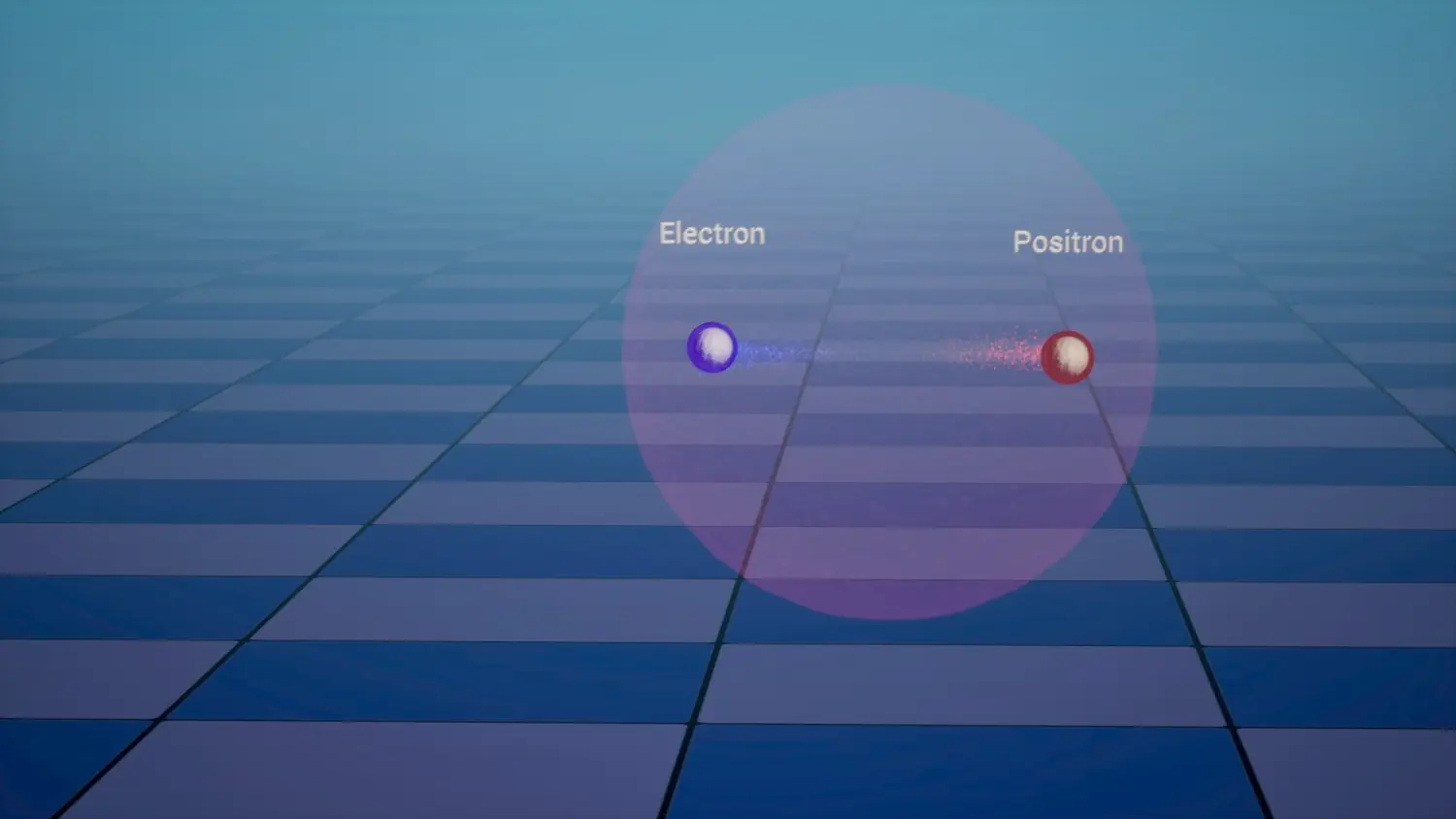POSITRONIUM LASER COOLING
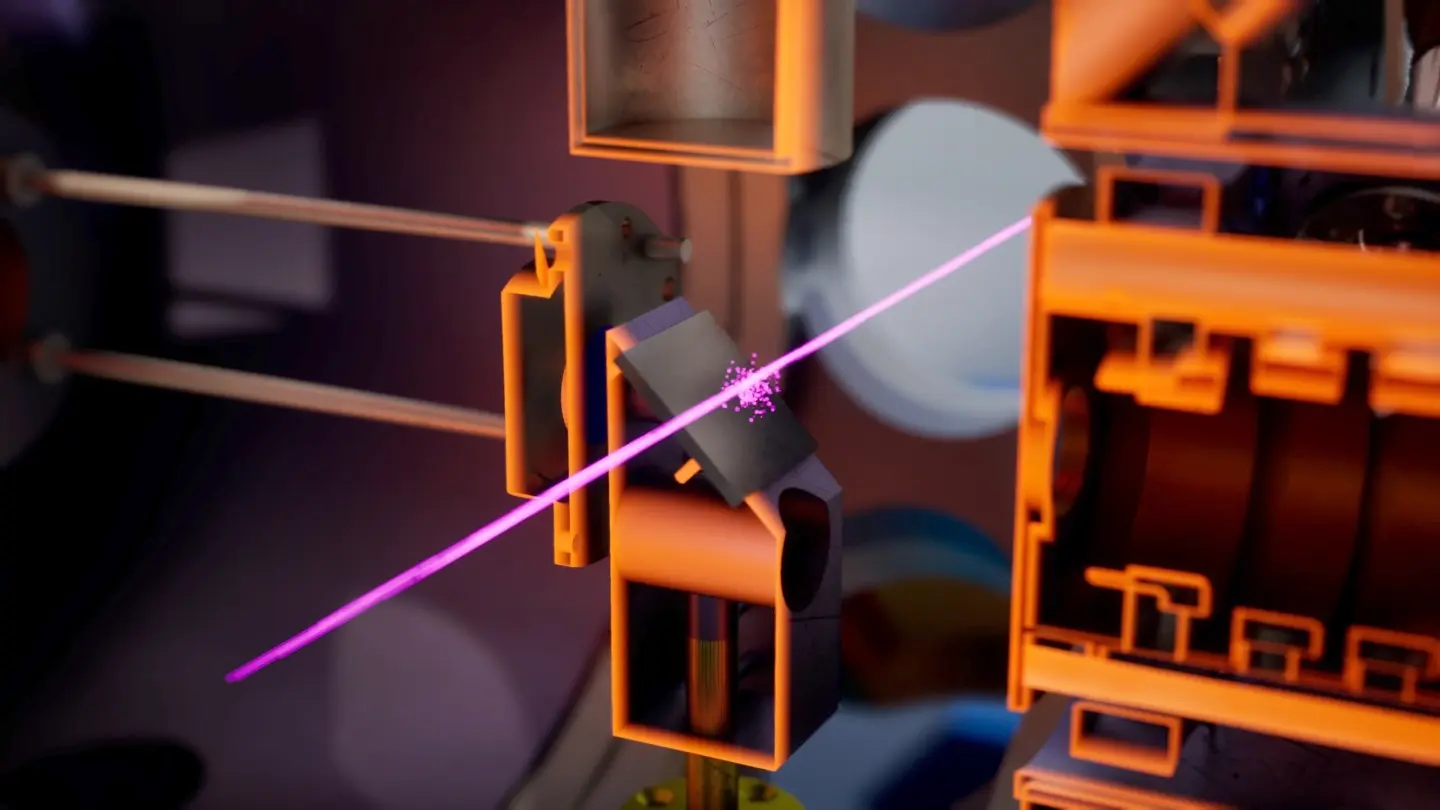
The *AEgIS * (Antimatter Experiment: Gravity, Interferometry, Spectroscopy) international collaboration at CERN, in which Prof. Giovanni Consolati of the Department of Aerospace Science and Technology participates on behalf of the Politecnico di Milano, has experimentally demonstrated, for the first time, positronium (Ps) laser cooling using a particular laser system (alexandrite-based), specifically developed to meet the requirements of cooling: high intensity, large bandwidth and long duration of the pulse.
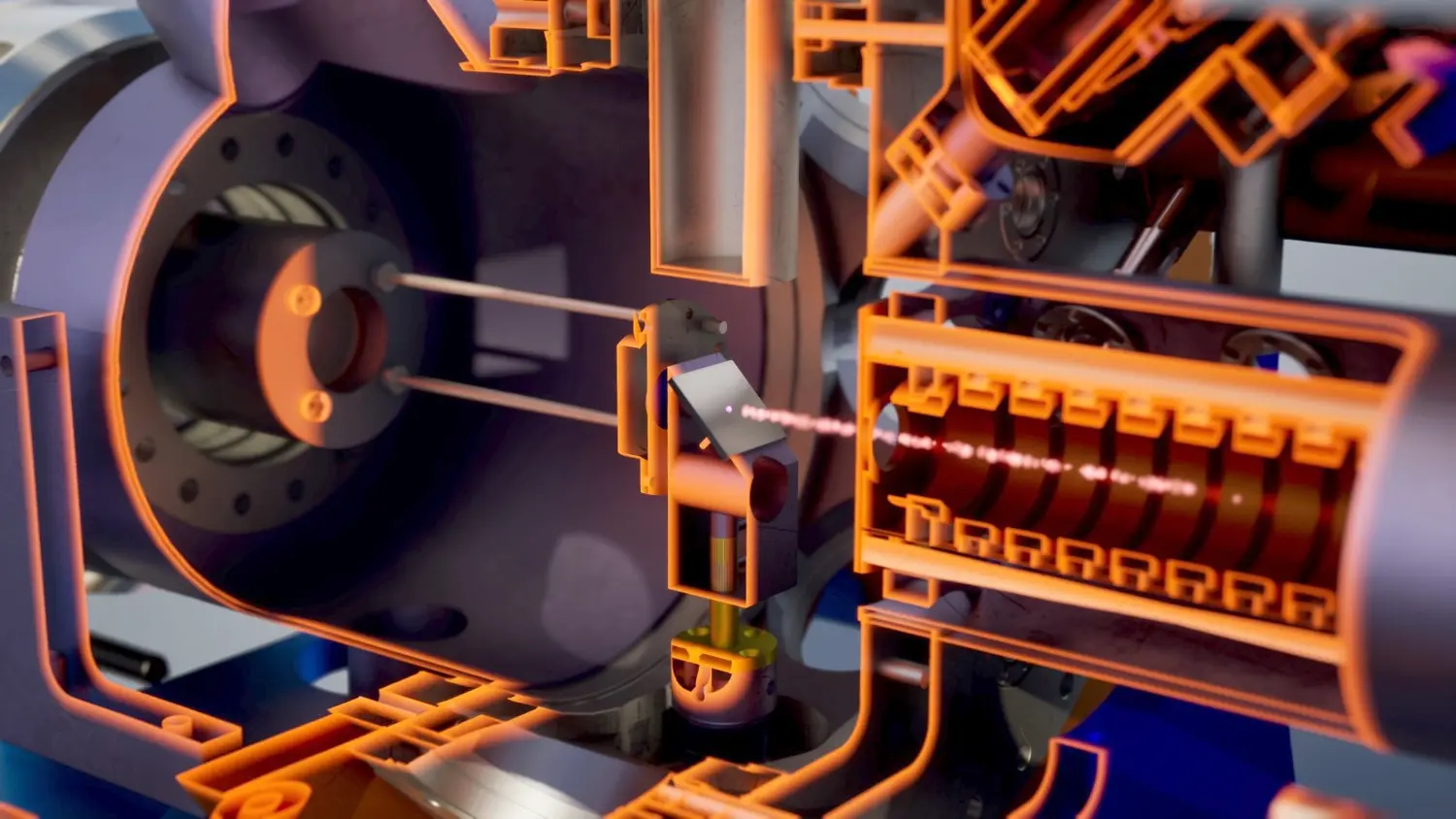
The equivalent temperature of the Ps atoms exiting from a porous target (at room temperature) hit by a positron beam decreased from 380 K to 170 K, corresponding to a decrease of the transversal component of Ps rms velocity from 54 km/s to 37 km/s.
Ps is a minor brother of hydrogen, with a positron replacing the proton. Consequently, it is lighter than hydrogen by about a factor 2000 and energy levels are reduced by a factor 2. It is unstable: in vacuum and in the ground state, with parallel spins of the two particles, it annihilates with a lifetime of only 142 ns. Ps cooling has to occur during its short lifespan and this makes the process so challenging with respect to ordinary atoms. Use of a large bandwidth pulsed laser has the advantage of cooling a large fraction of the positronium cloud while increasing their effective lifetime, resulting also in a higher number of Ps after cooling for further experimentation.
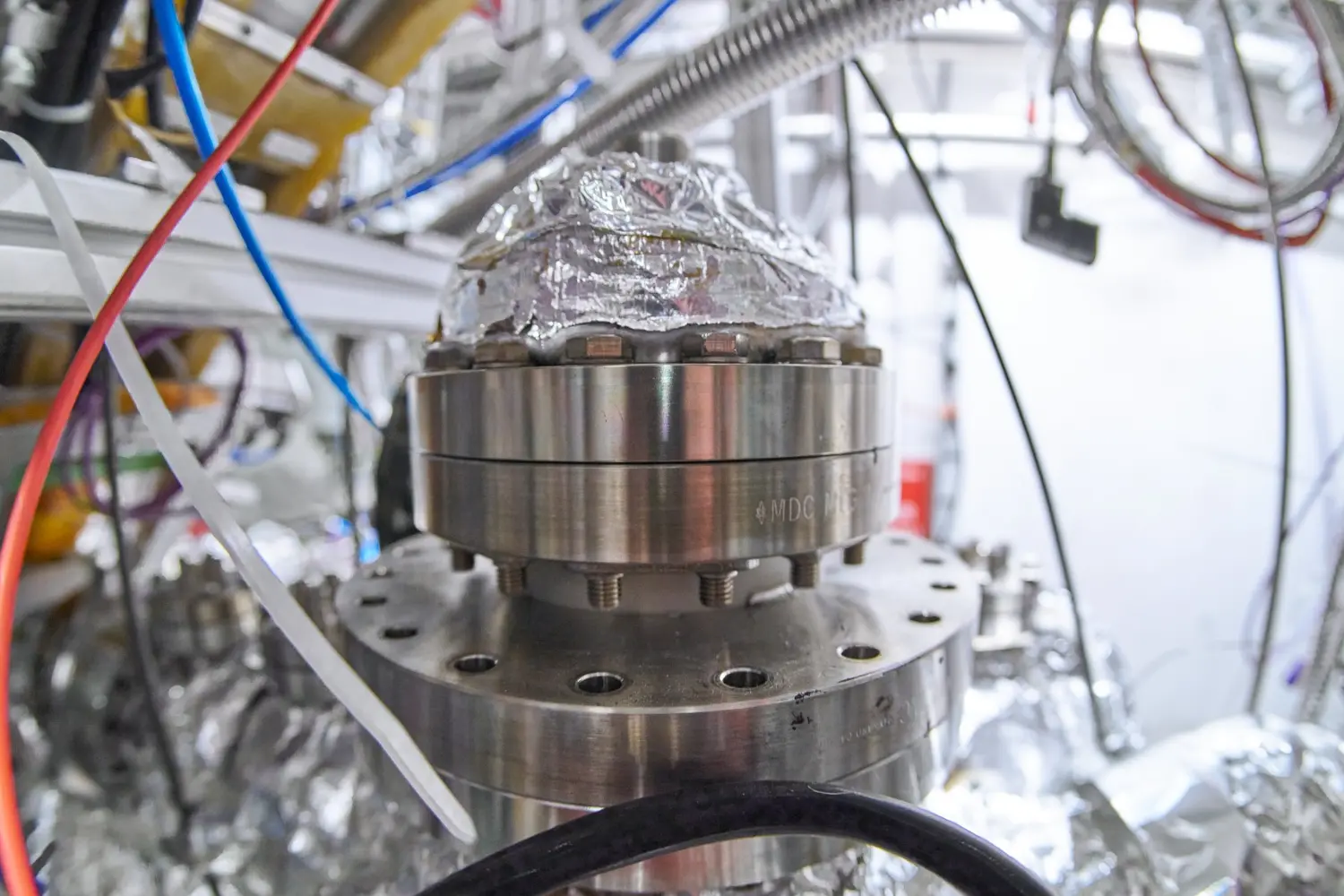
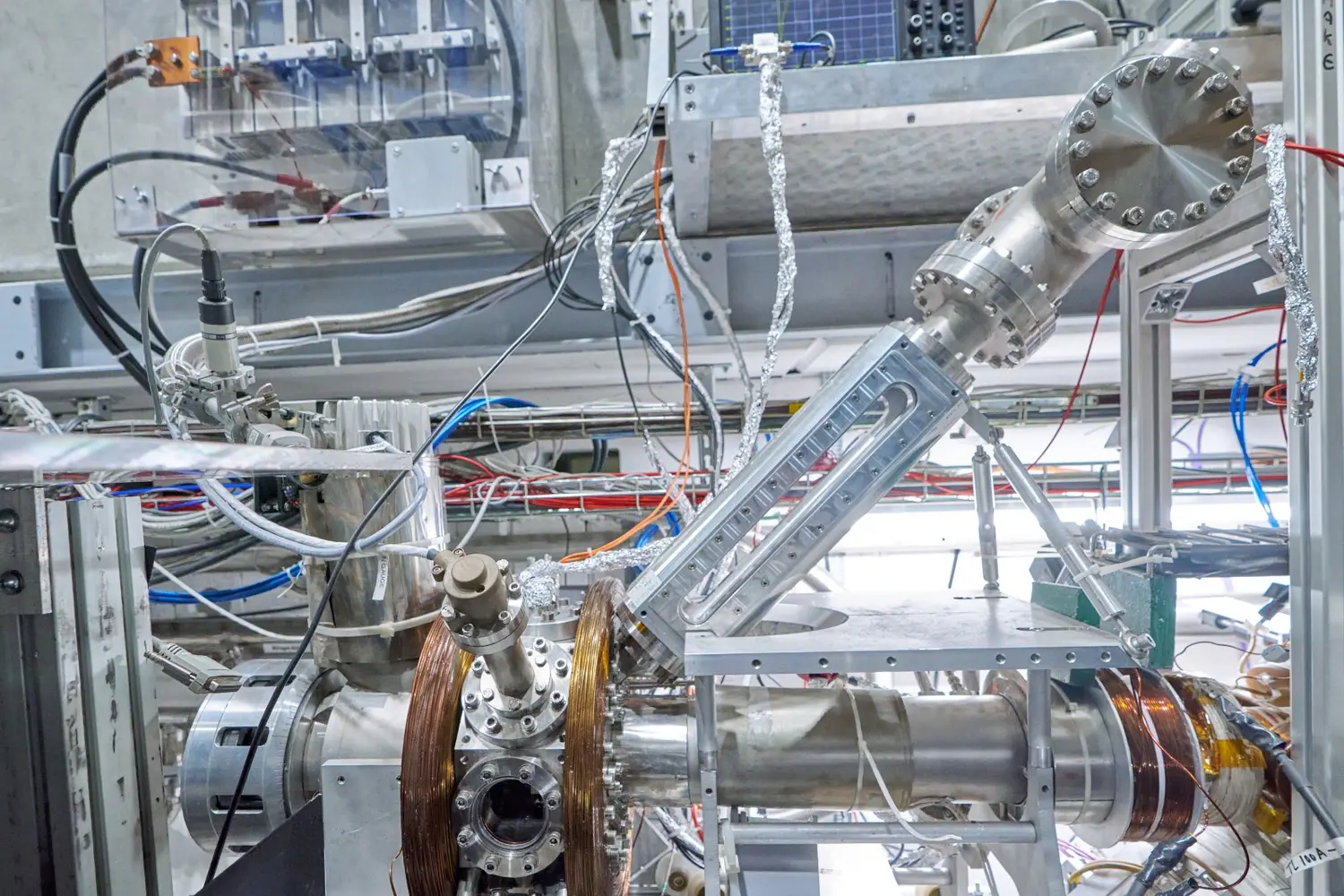
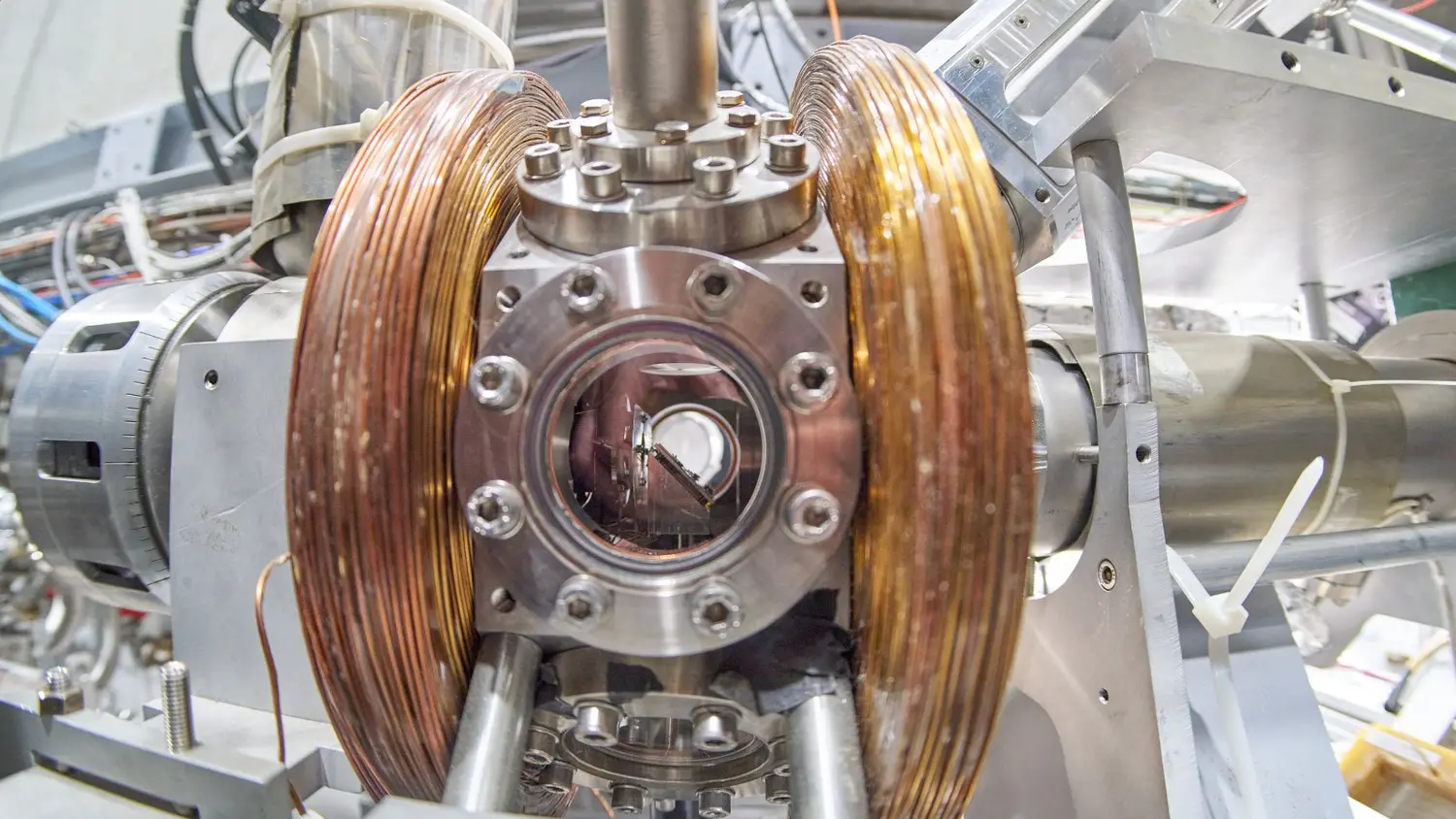
In the case of our experiment, aiming to measure the gravitational acceleration of antihydrogen (as a test of the weak equivalence principle for antimatter), this last is obtained by means of a reaction between Ps in excited state and trapped antiprotons. The lower Ps velocity the higher the probability of antihydrogen formation, whence the importance to produce Ps with the lowest kinetic energy possible.
Availability of sufficiently ‘cold’ Ps atoms is of the utmost importance for basic science, e.g. precision spectroscopy of Ps excited energy levels allowing test of quantum electrodynamics with unprecedent precision, or testing the equivalence principle with a purely leptonic system.
Furthermore, the possibility to set up an ensemble of cold Ps atoms could pave the way to the first antimatter Bose-Einstein condensate (BEC, already obtained by laser cooling ordinary atoms), a state at which quantum mechanical phenomena manifest macroscopically. A positronium BEC would entail stimulated annihilation, which has been proposed as a way to produce coherent electromagnetic radiation in the range of gamma ray energies.
More details can be found in *Physical Review Letters *
